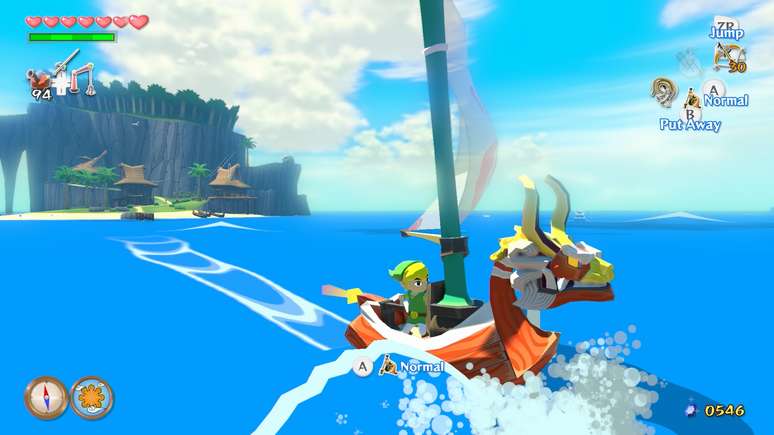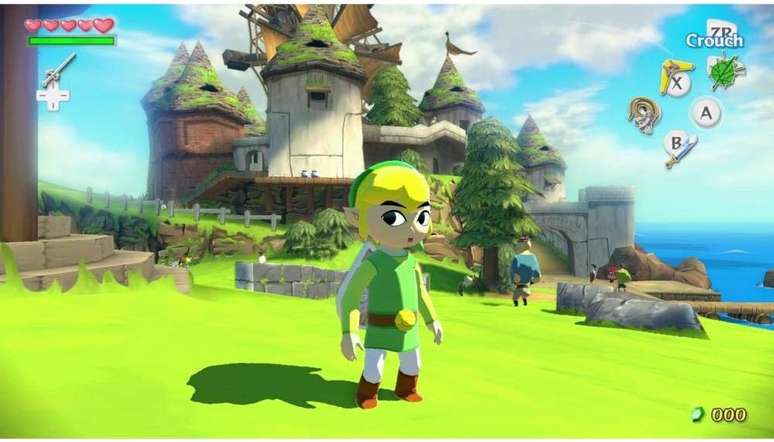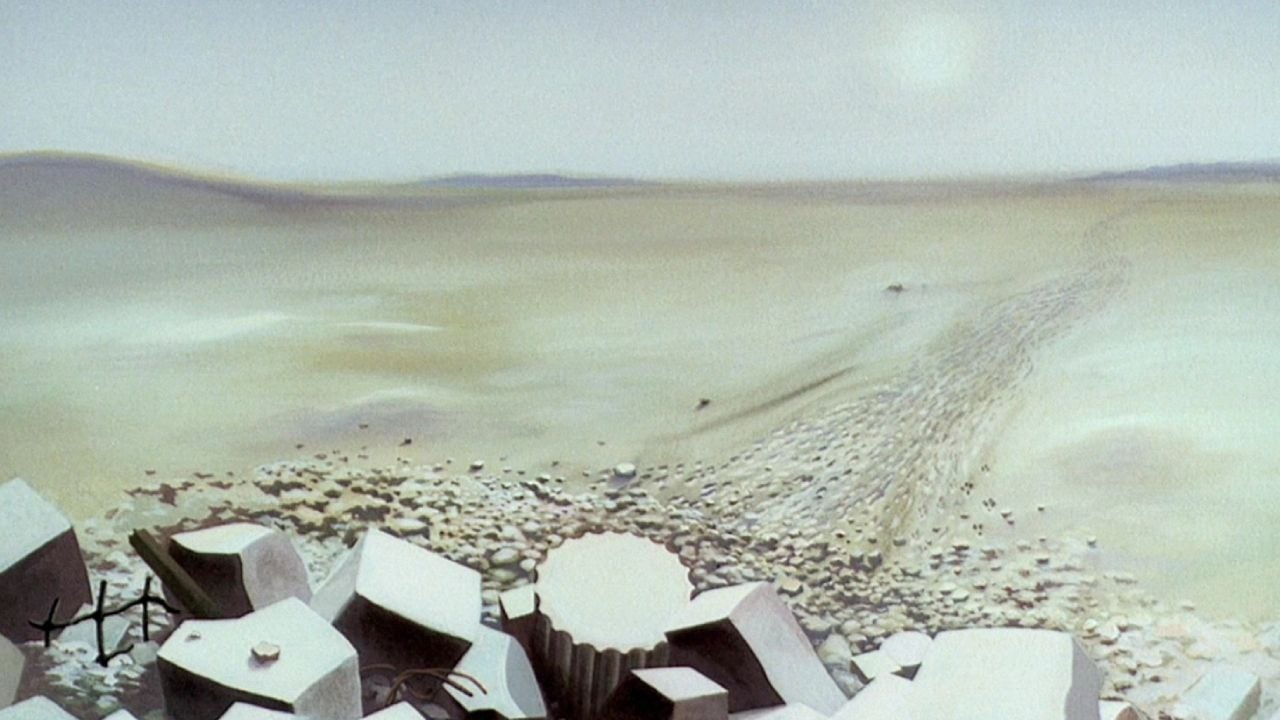The game was known for its cartoonish aesthetic and captivating narrative.
Released December 13, 2002 for the Nintendo GameCube console in Japan, The Legend of Zelda: The Wind Waker It caused controversy upon its release due to its cartoonish graphics, a drastic change from the more realistic graphics of previous games such as Ocarina of Time.
However, after being available to players, it was only a matter of time before the game became a milestone in the history of the franchise, today remembered for its audacity and courage in moving away from traditional conventions and creating something new and extraordinary.
Sailing in the Great Sea
The game uses an animation technique called cel-shading, which gives the graphics a cartoon-like appearance. It’s worth mentioning that this unique art style was not created by Nintendo gaming, having first appeared in video games in the groundbreaking classic Jet Set Radio, developed by Sega and released for the Dreamcast in 2000.
The story of The Wind Waker presents an epic journey that combines adventure, mystery and family bonds, set in a vast ocean full of islands. The player controls Link, a young man who embarks on a journey to rescue his kidnapped sister and ultimately face the villain Ganon.

The setting takes place in a vast ocean full of islands to explore, another major difference from previous games in the series, as instead of venturing across fields or forests, the player sails by boat, which creates a new feeling of freedom and exploration. Sailing between the islands offered a unique and immersive experience unlike any other game in the series to date.
The soundtrack is another much appreciated and remembered element, composed mainly by Kenta Nagata, Hajime Wakai, Toru Minegishi and Koji Kondo, and is one of the most surprising of the Zelda series, standing out for its immersion and connection with the maritime world of the game . .
For this, the composers had popular and maritime themes as their main influences, using instruments such as flutes, bagpipes, violins and light percussion, which helped create a perfect atmosphere for exploration and maritime adventures, themes that define the game . Some songs are even interactive and change based on the player’s actions, such as navigation, where the music can be changed by weather conditions or events.

The Wind Waker helped solidify The Legend of Zelda as an ever-evolving series, maintaining its essence while exploring new territory. The game is a brilliant example of how art, storytelling and game design can come together to create a memorable and unforgettable experience.
A high-definition remaster of the game was released for Wii U in 2013, but fans around the world are currently eagerly waiting for Nintendo to announce the arrival of this classic on Switch, so that a new generation can enjoy and play it.
Source: Terra
Rose James is a Gossipify movie and series reviewer known for her in-depth analysis and unique perspective on the latest releases. With a background in film studies, she provides engaging and informative reviews, and keeps readers up to date with industry trends and emerging talents.







